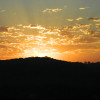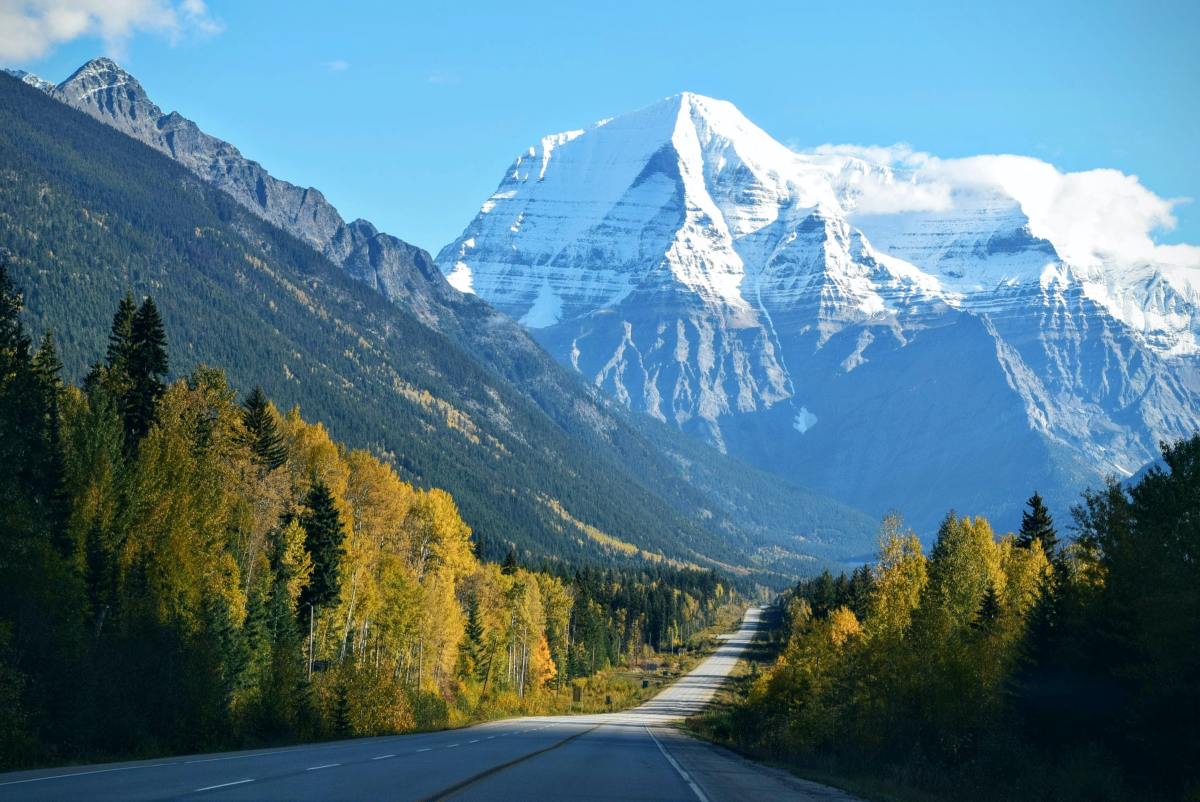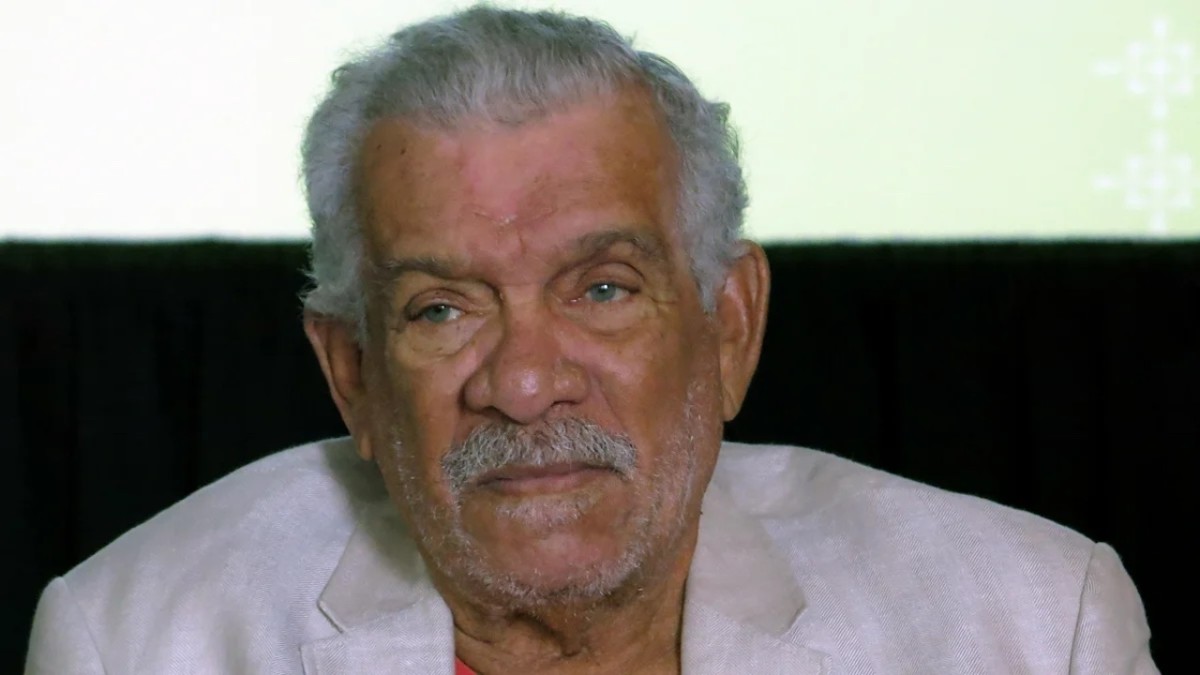- HubPages»
- Books, Literature, and Writing»
- Books & Novels»
- Nonfiction»
- Biographies & Memoirs
Book Review of Douglas Preston's "Talking To The Ground"
If you aren't already aware of it, I am a Douglas Preston fan from years back. I greatly enjoy his works, both those he has individually authored and those he has co-authored with Lincoln Child. I have almost completed my collection of their works, lacking only a select few to accomplish this, and I will say here and now:
In my estimation, this is by far his best work.
Talking to the Ground is a non-fiction book which delivers on so many levels it is impossible to relay them all to you here. I have found myself comparing it to the greatest piece of literature by a modern author (A River Runs Through It by Norman Mclean) that I have read.
It is that good.
Now I recognize that I spoke highly of his work Cities of Gold in my last review, but this read touched me on levels not approached before, other than my first reading of A River Runs Through It. This book is an amazing read, and I feel strongly enough about it to say it should be required reading for anyone who enjoys American History. There are lessons to be learned here that are not apparent to the everyday person, yet they are as pertinent today as they were a hundred years or more ago.
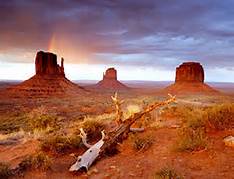
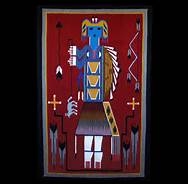
Talking to the Ground is a story of his journey through the wilderness of Arizona, Utah and New Mexico following in the steps of a Navajo legend: Monster Slayer. As Preston, his fiancée' and her daughter travel on horseback through some of the most forbidding and desolate country in North America the author relays stories gleaned from Navajo individuals along the way while carrying on a conversation with you the reader. One cannot help but become one with the storyline and discover an entire world one never knew existed.
You learn of the legend of the Navajo people, from their beginning to present day. You learn of their struggles to exist in modern day America. You also learn that there is a reason, in their eyes, for the state of the world today. And you discover their concern for our future.
And every single word makes sense.
Preston set out on a voyage of discovery, intending to travel through the desert with his about to become family. In addition to the journey the reader also learns a bit about this family. You meet his fiancée Christine who will later become his wife; her nine year old daughter Selene; you are there the first time she makes the decision and call him "Dad"; and you come to know Douglas Preston as something more than a great writer: you learn what he is like as a person. Rare indeed are the books which allow you to see another side of a best selling author. For the most part they are simply names on a book's cover, or short descriptive paragraphs contained in the back cover of their books. Here Preston lays bare his soul while undertaking a journey which will lead he and his family though 400 miles of the Navajo nation, all on horseback.
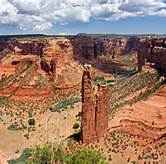
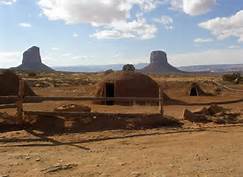
The journey begins as the author and his family set out on an adventure intent on discovering the world of the Navajo and their legend of First Man, First Woman, and the Hero Twins, Monster Slayer and Brings the Water. The goal is to travel along the path that Monster Slayer followed as he set forth to defeat the many monsters which lived in the Navajo Nation. Along the trail the reader learns the names of the four Sacred Mountains which form the four corners of the Navajo Nation. To the South there is Blue Bead Mountain; to the West lies Abalone Shell Mountain; to the North Big Mountain Sheep; and to the East, White Shell Mountain.
Each of these mountains are incredibly sacred to the Navajo and hold all of the history of their tribe. Their land lies within the boundaries which exists between the four sacred mountains and they are one with it. The Navajo cannot exist without the land; they can, will, and have died if they are removed from it. Preston relays this time and again within the pages of this book as he has it told to him by virtually every person he meets along the way. The belief is too widespread among the people to be simply a whim; it is ingrained in the very fabric of their lives.
As you travel through this unseen vista, images fill your mind as they are described in detail by the author. You see the mountains in the distance; the valleys hidden amongst the desert and filled with wonder. You can watch as a storm gathers on the land and you wait it out in a Hogan offered by a Navajo man, listening in the darkness to the stories of the Navajo people and their time on this, the Fifth World. You learn how they came to be, becoming aware in the First World and you learn how they traversed through the various worlds until they arrive in the here and now.
It is a magnificent story.
You will also learn their beliefs on where we, the Bilaga'ana or White People, are going. They know, and when you learn it should scare the living daylights out of you.
If you believe.
I do.
In addition, you will learn of the fate of the Navajo people, how they were treated, labeled, and "assisted" by our Government to the point of extinction. Learn how they were labeled as impoverished because they had no money. They had sheep, land, trade, and a home. No bills, no one to worry about except themselves. Then our Government steps in and moves them into a home in a neighborhood, takes away their land, and places them on assistance programs thereby stripping them of their ability to take care of themselves, making them dependent on others for their well being.
This is a heart-breaking story.
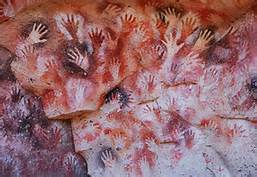
The story takes its time, wandering across the landscape in the same manner the trail wanders across the Navajo land. This is a story to delve into, one you are not in a hurry to finish. There are many wonderful passages as you move through the book and the reader will become involved with the storyteller as he weaves his words into a majestic tapestry.
Perhaps my favorite passage in the book is where one of their new Navajo friends guides them to a large cave which appears to be scooped out of the rock. The ceiling soared some thirty feet overhead and at first the author could not discern what lay hidden in the shadows above. As their eyes become adjusted, something miraculous emerges.
Hand prints. Reddish hand prints appearing one after another until there were dozens of them, waving to those below. Preston calls it a "powerful and evocative image, this crowd of waving hands." From this cave, he suddenly sees in his mind's eye other hands, hands waving from a dock, a train, of soldiers going off to war, of refugees, of mobs. Hands waving in panic or in farewell.
Their guide sees that they noticed and comments that most people never notice this. It is known as House of Hands Cave and while he takes tourists to this location periodically, few there are who look above.
Preston's fiancee' asks "What if they don't notice? Will you show them?"
The reply is profound to me. "If they don't notice, then they weren't meant to see."
How many of us notice things as we travel through life? How many of us are so out of tune with the world that we largely ignore it until it is forced upon us? Thrust into our view and we are made to deal with it?
How much do we miss?
When I read that passage, I slowly closed the book and my eyes, straining to see in my mind what the author had seen with his eyes. I imagined a people lost in time, wondering what they had thought while creating this masterpiece for those of us who will see. What were their thoughts? Their motive? The Anasazi are an incredibly mysterious group of people who left their mark indelibly etched across this landscape of the four corners region, yet little is known for certain about them.
I also wondered how they created this work some thirty feet above the ground. Did they build a structure simply for the sake of climbing it and creating this shadow of hands across the ceiling? Why? What was their purpose? Did they do it as a form of art? Or as a final goodbye to their culture, created as they were leaving the area and disappearing in time. We may never know.
"A thing doesn't become truth until it goes into your heart."
While Preston, Christine and Selene were traveling through certain portions of the reservation they were required to have a guide; Terrill Spencer, a Navajo who was born and lived in the area, was the guide for a portion of the trip. As they camped in Black Rock Canyon, Terrill relayed some stories to the group.
He spoke of Kit Carson and the time he and the United States Army attempted to bring some of the Navajo back to Fort Sumner. The Navajo climbed a bluff to escape and stayed there for the winter. They had some snow to melt and drink but no food. Finally the snow was gone and they were forced to climb down and surrender to Carson. He then led them on The Long Walk to Fort Sumner. From that point on the bluff came to be known as Navajo Fortress.
After Terrill relayed this story, Preston asked if he could use a tape recorder to record his stories. Terrill chuckled and admitted that his grandmother had said Preston would ask that question: his long dead grandmother, who still resided on Spider Rock. Terrill refused, saying that the truth cannot go onto tape. If you have to write it down or tape it to remember it, then you didn't understand it. It must be received into your hearts to become truth. If you forget it, you weren't ready to know it. When it becomes a truth, it becomes a part of you.
This is a profound statement. Things which are important to us we have no need to write down, we openly receive them into our hearts thereby making them a truth for us. Perhaps a great deal of us fail to recognize this, but if you think on it you will realize how true it is.
A note here on one Christopher "Kit" Carson. Many will recognize the name as a famous scout in American History, but few (including myself) recognized that he could also be a ruthless man. While leading troops against the Navajo, he led what was known as a scorched earth campaign against the Navajo, laying bare some 7,500 square miles of Navajo land in the fall, thus creating widespread hunger in order to force the Navajo to forgo their ancestral lands and settle on a 40 square mile reservation of his commander's choosing. Carson slaughtered thousands of Navajo sheep and horses; destroyed millions of pounds of grain as it stood in the fields thus denying the Navajo anything to survive the winter on to better drive them from their homes and onto the small reservation several hundred miles away. This was after the Trail of Tears Andrew Jackson forced the Cherokee people on, killing thousands of them on the long walk to Oklahoma. The same thing occurred some thirty years later when the Navajo walked in frigid temperatures with no blankets, no food, no shoes.
When they arrived at Bosque Redondo, they found the situation no better. No food, no shelter, no water. Having no tools to build a shelter with, the people dug into the frozen earth with their bare hands, scooping out a hollow and covering it with whatever they could find to provide some semblance of shelter.
This occurred in January of the year 1864. His Commander in Chief was one Abraham Lincoln. It was at his direction that the United States Army set out to literally destroy the Navajo Nation. The same person who is labeled the Great Emancipator was the man who allowed, or directed, the attempted destruction of the Navajo.
Have you ever heard the story of the Hero Twins before?
Relationship of "Talking to the Ground" to "Thunderhead"
For quite a while, Thunderhead has been my favorite Preston/Child collaboration. It tells the tale (fictitiously) of the Anasazi Indians and a hidden city called Quivara. The story fascinated me due in part to the mystery of the Anasazi, the location of the city, and the tremendously difficult trail which leads to it. The story also contains Navajo Witches called Skin Walkers, and they are as scary as they are mysterious. Some years after reading Thunderhead, I ran across a book detailing more information on the Skin Walkers mentioned in Thunderhead. I eagerly read it in order to learn more on this mysterious group of Navajo.
In Talking to the Ground, more information comes to light and I realize now just how big an impact this journey had on Preston. Many experiences he had while on this journey found their way into Thunderhead. Stories he relays concerning Skin Walkers; the fragrance of crushed leaves on the wind of a storm which becomes the fragrance of the prelude to a flash flood; steep pathways up and down mesas as he and his family travel become a haunting trail the characters in the book are forced to climb; the myriad of Anasazi homes built in virtually every nook and cranny are relayed in Thunderhead as well. Time and again I smiled at my discovery that the story of Thunderhead was much, much more than simply a work of fiction: the author had literally lived a great portion of it while on his journey. The revelation was amazing and made the story even better.
In Conclusion...
I will say this again: this is a tremendous read for anyone who loves or is interested in American History, Navajo Traditions, or the American Southwest. The author does and extraordinary job of making the trip come alive and of teaching you the Navajo legends. This is a book I will read again and again.
